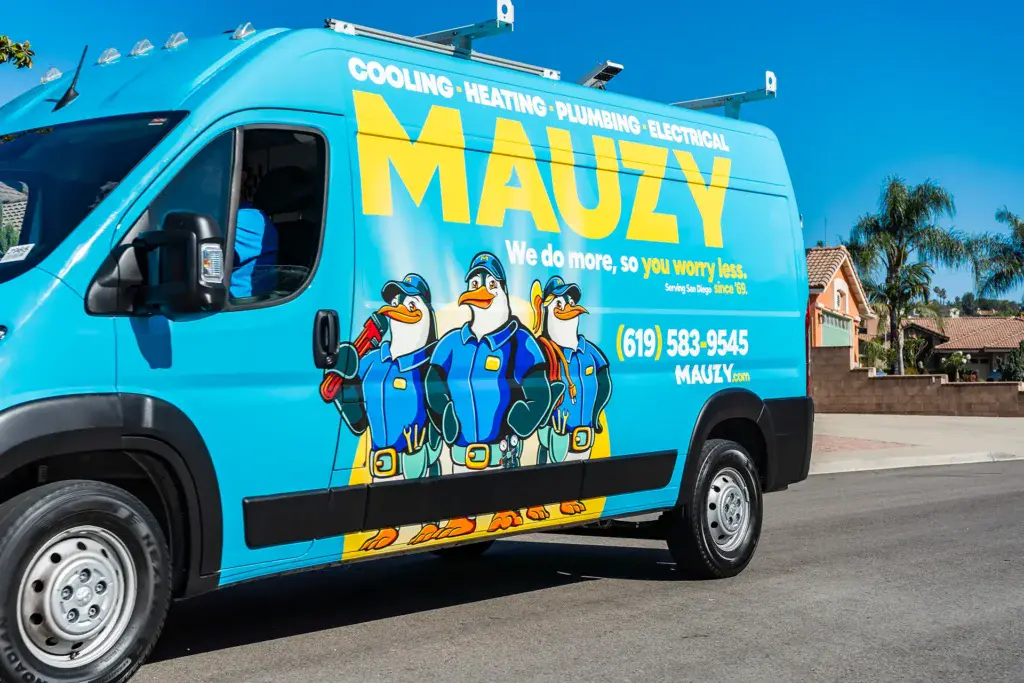A solar panel is chatting with a wind turbine. The solar panel says, “So, what you think of this whole renewable energy thing?” The turbine replies, “I’m a big fan.”
This joke was posted on Reddit, and someone commented, “This joke has the power to make me laugh.”
You know what’s the most powerful information we’ve seen on solar energy? The way solar panels are transforming the U.S. energy industry. According to a recent report, more American homes than ever are investing in solar panels. In fact, the study showed a new shift in the solar sector toward residential homes.
It begs the question: Is this the dawn of an era where Americans manage and personalize their energy consumption? It could be, but only if more homeowners understand how solar energy works (and how it can help you save money).
How Does Solar Technology work?
Conceptually, solar energy is easy to understand. Sunlight hits the roof’s solar panels with photons or particles of sunlight. The photons are then converted into electrons of direct current (DC) electricity. The technology behind solar energy is more complicated, though. Solar panels are comprised of many smaller units called photovoltaic (PV) cells that link together. To establish the electric field, each cell is made of two slices of semi-conducting material, usually silicon.
If you could zoom in on the electric field, you’d see the photons knock electrons free from atoms to generate an electric current. The current feeds into a PV system, where an inverter converts solar power from DC to alternating current (AC). That’s the same power from the utility grid-connected system and the kind that your appliances use when plugged into the wall outlet.
No Need to Cut the Cord
Now, you can see why there’s no need to cut the cord with your existing electrical company. Instead of replacing power from the grid, solar panels work with your electricity service.
California is a progressive state when it comes to incentivizing residents to invest in solar panels. So, all of the power that your solar system produces is tracked by a net energy meter. If the PV system produces more electricity than the homeowner needs, the extra kilowatts are fed into the utility grid to offset your electric bill.
While many people want to know up-front how much they will save with a PV or solar electric system, it’s difficult to pinpoint. Savings generally depend on how much you pay your utility for electricity or natural gas, and how much your utility will pay you for any excess power that you generate with your solar system.
Call the Mauzy Solar Team
Most PV system problems occur because of sloppy system installation. That’s why there’s a state-led campaign for solar energy in California that advises residents to hire a reputable professional contractor when installing solar energy systems. Even more, if a PV system is properly maintained, it can last for more than 30 years. Plus, if you want rebates through California utilities, you are required to have a 10-year system warranty. So, calling a professional is worth it!
The Mauzy Solar Team works with San Diego homeowners to determine the perfect size solar panel system based on your location, the style of your home and your specific energy needs.
Give us a call today at 619.448.9545 to learn more.
